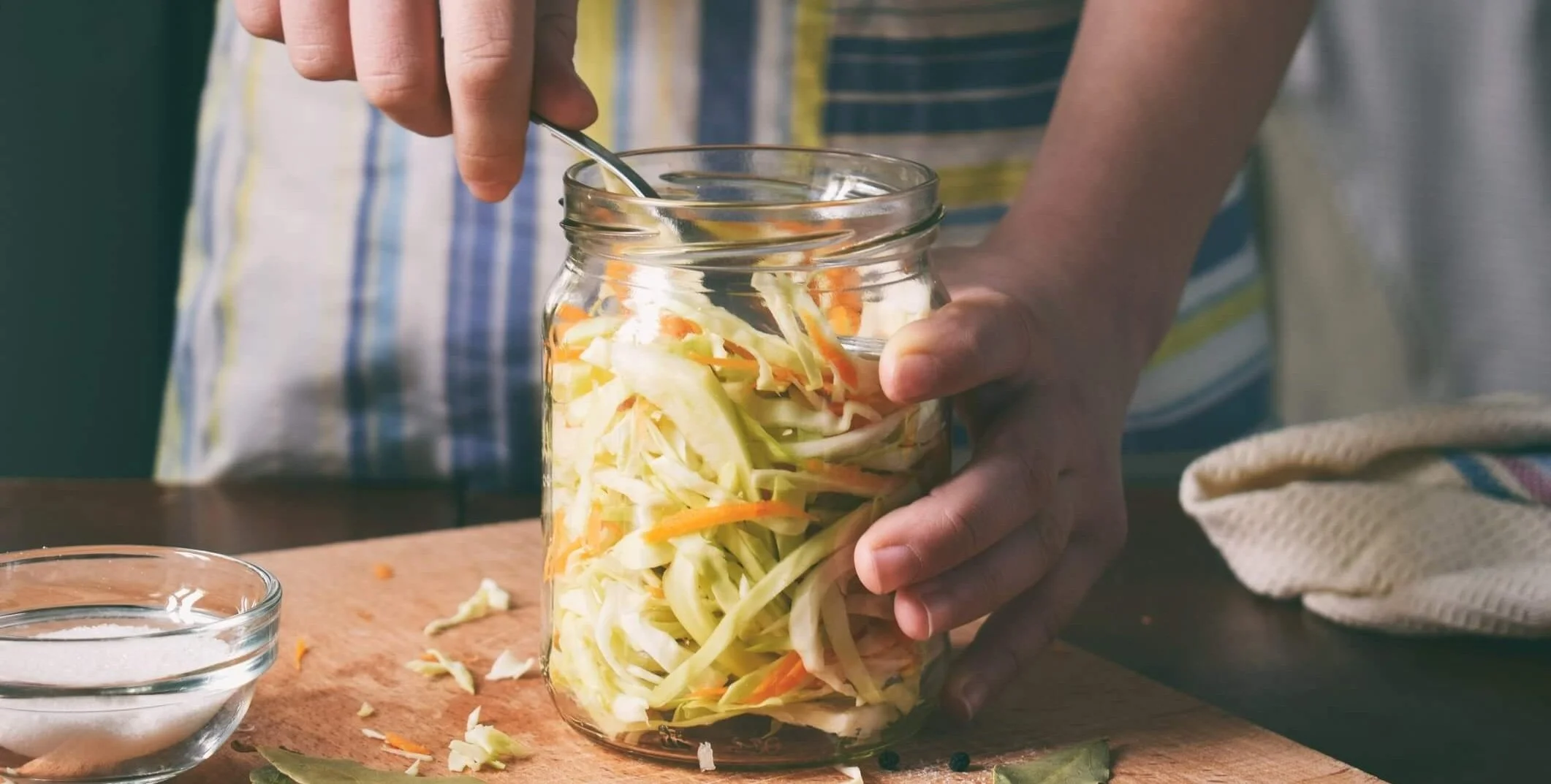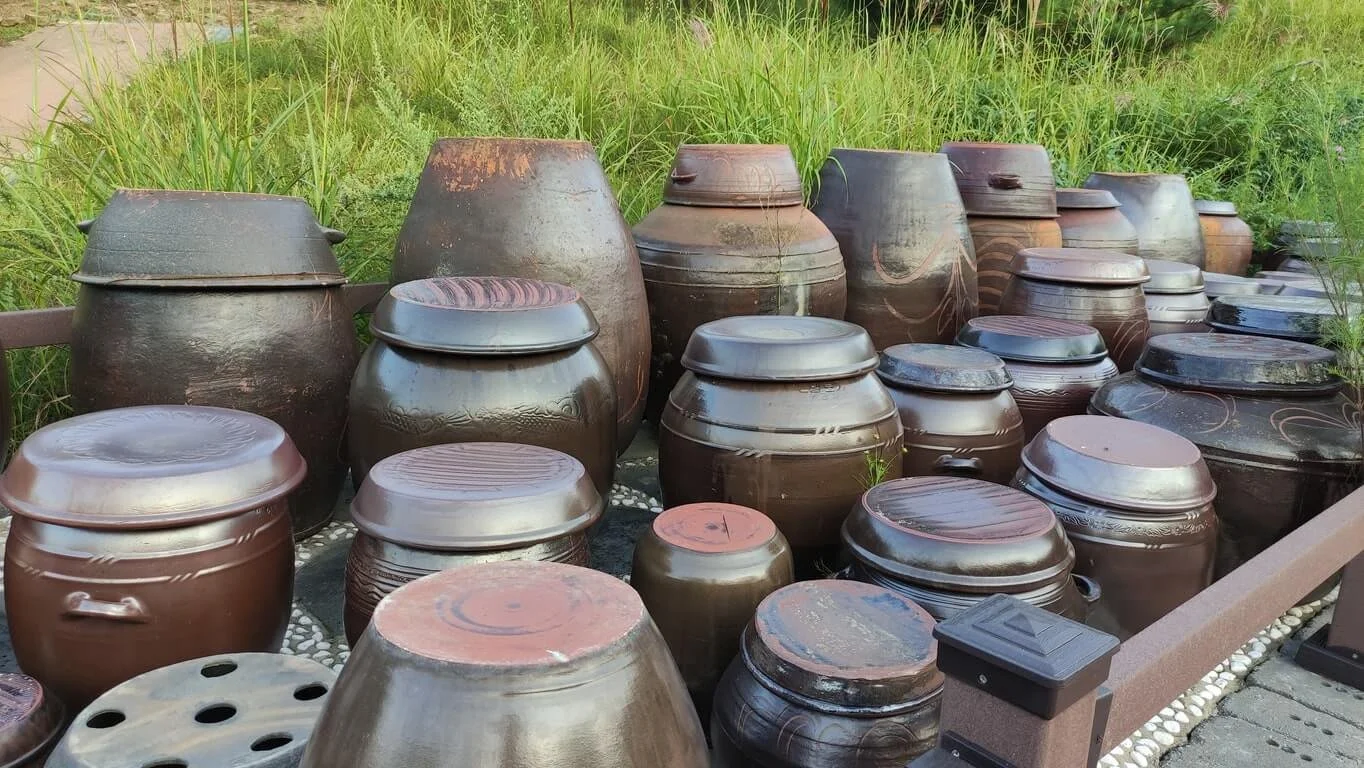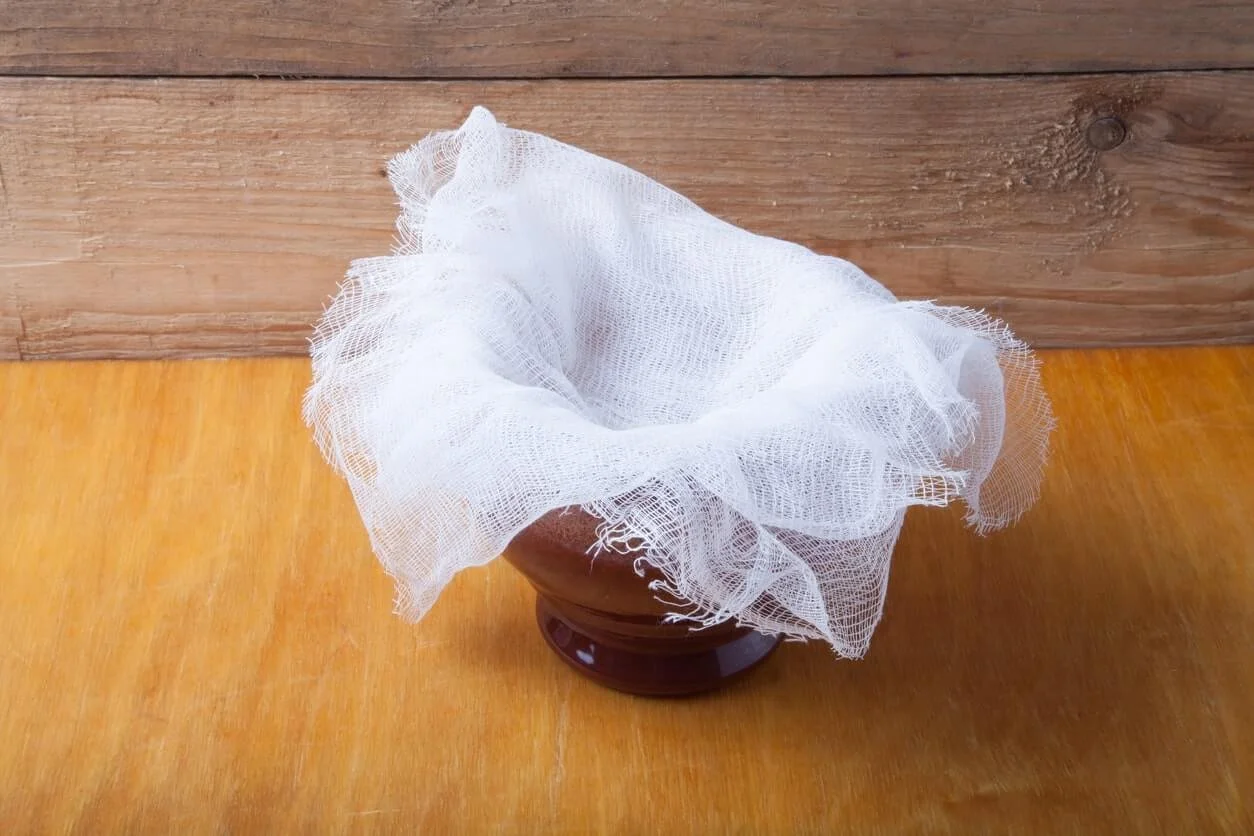Fermentation Tool Guide
Discover > Product Recs > Fermentation Tool Guide
Fermentation has become one of the most significant food fads in the 21st century. Countless doctors and dietitians will say probiotic bacteria, that are responsible for fermentation, are great for your gut and immune system.
There are quite a few things we eat on a daily basis that are actually fermented that you may not know about. Cheese, kombucha, and yogurt, and the much lesser-known ferments like coffee and chocolate. Aside from alcohol and kombucha, vegetable ferments are most common.
If you’ve ever wanted to start fermenting, this is a great place to start. A guide to all the equipment you need to start making your own sauerkraut (how long does sauerkraut last?), kimchi (how long does kimchi last?), ginger gari, and so on.
Jars
The first and most obvious item you will need, are containers in which to ferment, although it’s not as cut and dry as you may think. There are three kinds of fermentation containers: ceramic or stoneware open fermentation crocks, water sealed fermentation crocks, and mason jars. The debate is far too complex to go into now so I’ll just give you a simple rundown:
Fermentation crocks are typically made from ceramic but can be found made from other stoneware and sometimes even stainless steel. They have a much greater storage capacity and can hold anywhere from a few gallons of water to well over 20 gallons. The argument for them (and one I generally disagree with) is that they are safer to use. The primary argument against them is that the cheapest small crocks you can buy will set you back at least $50.
On the other hand, Mason jars are inexpensive, come in a wide variety of shapes and sizes, if cleaned properly are incredibly sterile, and can be used repeatedly without ever tarnishing. The big argument against them is that they are more susceptible to contamination because of their need to be “burped” often, which brings us to the second entry on this list.
AirLock Lids
Airlock, or fermentation, lids are like regular mason jar lids, but the difference typically comes from the lid part with the seal.
By now countless different designs have been patented but they all work on the same basis: they allow the release of CO2 gas through a nozzle in the top, but don’t allow any contaminants in. It keeps your fermentation going, without the need to manually “burp” your jars.
Cheesecloths
Cheese cloths and rubber bands are used to cover a jar of fermenting vegetables. This both allows pressure to escape and keeps large contaminants like fruit flies out.
The only time the rubber band and cheesecloth method should be used is when you’re fermenting kombucha. That being said, they can come in handy for things like straining yogurt or kefir, or when you’re making cheese. I like to always keep cheesecloths around the kitchen, as they do often come in handy!
Fermentation Weights
Fermentation weights are solid glass pucks that you drop into your fermentation jar. This keeps the vegetables submerged in the brine, simply to prevent oxygen exposure. Exposure to oxygen is one of the primary reasons for a fermentation going “bad”.
Fermentation weights are typically not a necessity when you have an airlock, as this tends to keep oxygen out, but it definitely doesn’t hurt to double up.
Weighing Scale
There are two important factors to keep in mind anytime you ferment or pickle: precision and consistency. You can’t be very precise when you use volumetric measurements (tablespoons or cups), so we recommend measuring by weight.
Consistency is key to keeping track of which ferments worked, and which ones you liked. Write down each quantity for the ingredients you use. This way, you can tweak a recipe for the next batch should it not come out the way you wanted.
Salt
Fermenting should be done in big batches. Given that the whole point is to preserve food for its off-season which can span many months, batch fermenting makes this a lot easier! Buying your ingredients in bulk is both cheaper and more convenient if you can find the right supplier.
The only salt you should steer clear from is conventional table salt that has been iodized. The two most common are sea salt (how long does sea salt last?) and kosher salt (how long does kosher salt last?) - it really doesn’t matter which you choose. Neither is typically more expensive than the other and, although there may be a minimal flavor difference, you’ll never be able to tell.
Books
We all know reading is a great habit, and it’s even better when you’re reading about something educational that connects you to your food. There is a lot to learn on all the different methods of fermentation and only half of it is learning by doing. Books like Balls Complete Book of Home Preserving or The Noma Guide to Fermentation are two great places to start.
Fermenting seasonal produce is just the tip of the iceberg in the field of preservation. Drinks like kombucha, beer, wine, or kefir to sourdough and yogurt are all things that can be easily done at home when you have the right equipment.






